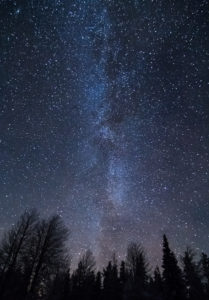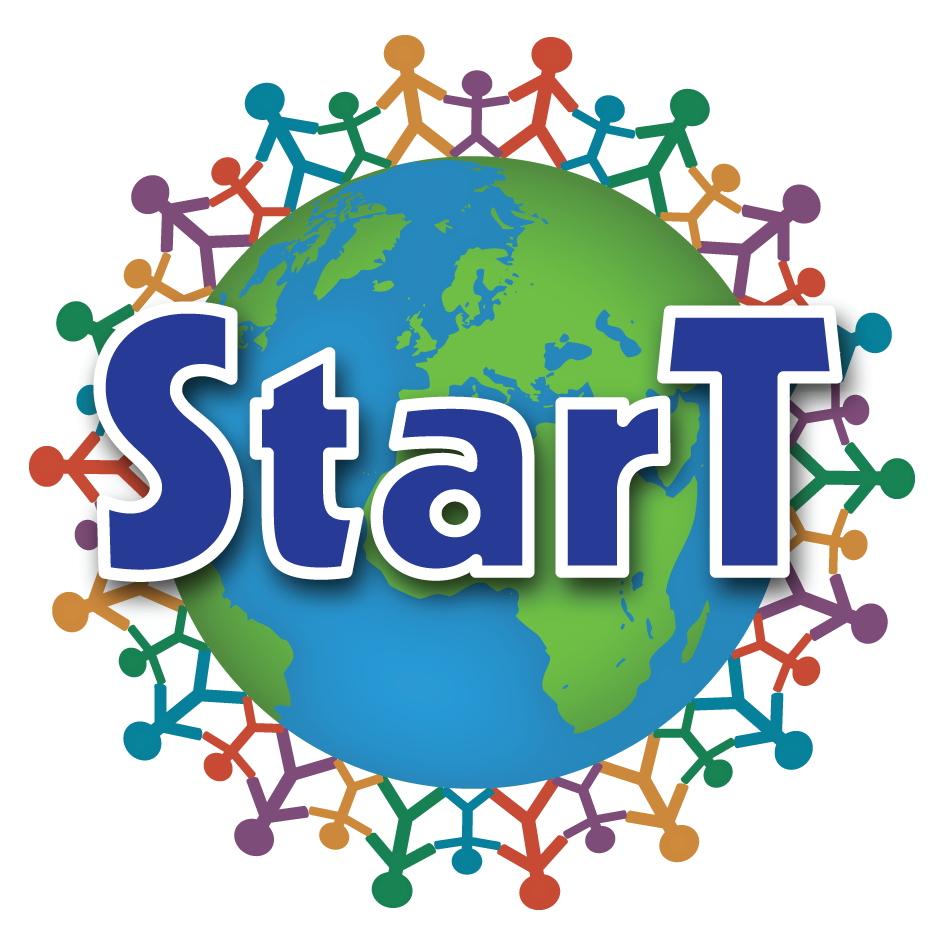Stars and space
Space has fascinated people from the very beginning. In the evening we can look  at the shining stars and on a sunny day the clear blue sky. We can also understand the importance of the Sun for life on the Earth and we are able to protect ourselves from UV radiation. Go for an expedition to space by studying the dimensions of the universe, building own solar system or a satellite. You can also find out why do we have satellites, or what are the hot topics in space science at the moment.
at the shining stars and on a sunny day the clear blue sky. We can also understand the importance of the Sun for life on the Earth and we are able to protect ourselves from UV radiation. Go for an expedition to space by studying the dimensions of the universe, building own solar system or a satellite. You can also find out why do we have satellites, or what are the hot topics in space science at the moment.
Here you can find materials related to Stars and Space. The materials are categorised according to year group.
The best Stars and Space projects
StarT 2018
- The galaxy, Curious astronauts, Şırnak, Turkey
Project diary
In this project, a three-dimensional model of space was created in a darkened room.
- Astrophysical Modeling of Wolf Rayet Stars Using Low Resolution Gratings from Clube Ciência Viva ESDMII Braga, Portugal.
Project diary
StarT 2017
- Zrinskih Primary School Nuatar from Croatia (the learning diary) celebrated the World Space Week as their StarT project.
The team was made up of nine 2nd year students of the Ceri elementary branch school. They are 8 years old. The project began with World Space Week (4th -10th October 2016) and the viewing of the Moon phases for 30 days, after which we looked into the length of day and night during one year, as well as seasons change and passage of the year. We learned about the planets of the Solar System from a poster and a scale model, we found out what the planets and other stellar objects are called in English and Croatian, and later we observed the night sky using our eyes, our gadgets and the Stellarium and World Wide Telescope Apps. Using the simulation programme SimSolar we have observed the motion of the planets around the Sun and researched the type of drawings these motions could create if they were to have some sort of stellar ‘feltpens’.
Read more about the project from here.
- Klaipeda kindergarten “Dwarf” from Lithuania studied the history of Earth
The team consists of 20 pre-school children, their parents and teachers. The team decided to choose ‘Stars and Space’ theme as it appeared to be very interesting and a bit mysterious. The team together draw a plan of the project and started working together. First of all the children learned about the Universe, stars and planets, by watching videos, drawing a common picture and studying a model of Solar System. Then they learned a fairy tale about the Sun and Moon. The children’s parents helped to make theater screens that were necessary for the shadow theater. The team started to produce a play Earth’s History where the children and their parents acted together. The play was shown to the all children of the kindergarten.
- Astrobiology and astrogeology project about Jupiter’s moon (the learning diary) from Agrupamento de Escolas Cidade do Entroncamento, Portugal.
This group has the theme of astrogeology and astrobiology. It was a group that has always known how to work collaboratively. They wanted to innovate so as not to be just another investigation into the planets and life in other solar systems. And they did it! In one of the spaces, they developed a game of riddles with the characteristics of the planets and the models they had made. In another space they looked for life in … water. They wanted to show the students who visited the place that life can take many forms. Thus, in a panel they placed several parts of living beings and asked the students to create their own ET.
Materials
Kindergarten and preschool (3-7 year olds)
Primary School (7-12 year olds)
How the star dust is collected? What is the distance between the Earth and the Sun? How about the Earth and the Moon? Build your own scale model of the solar system or a satellite.
- Catching Stardust
- Craters and Meteorites
- ESA – European Space Agency website
- NASA Space Place
- Scale Model of the Solar System
- Stretchy Universe Slime
Lower Secondary (13-15 year olds)
If the Sun was the size of a fitness ball, would you be able to walk to Pluto? Study the dimensions of the solar system by building a scale model or the expansion of the universe with the universe slime.
- ESA – European Space Agency website
- NASA Space Place
- Scale Model of the Solar System
- Stretchy Universe Slime
Upper Secondary level (16-19 year olds)
The materials are produced by the Stars and Space team:
Maija Aksela (the chairwoman)
Partow Izadi
Julia Halonen
Ilona Linnavuori
